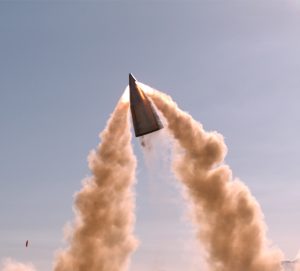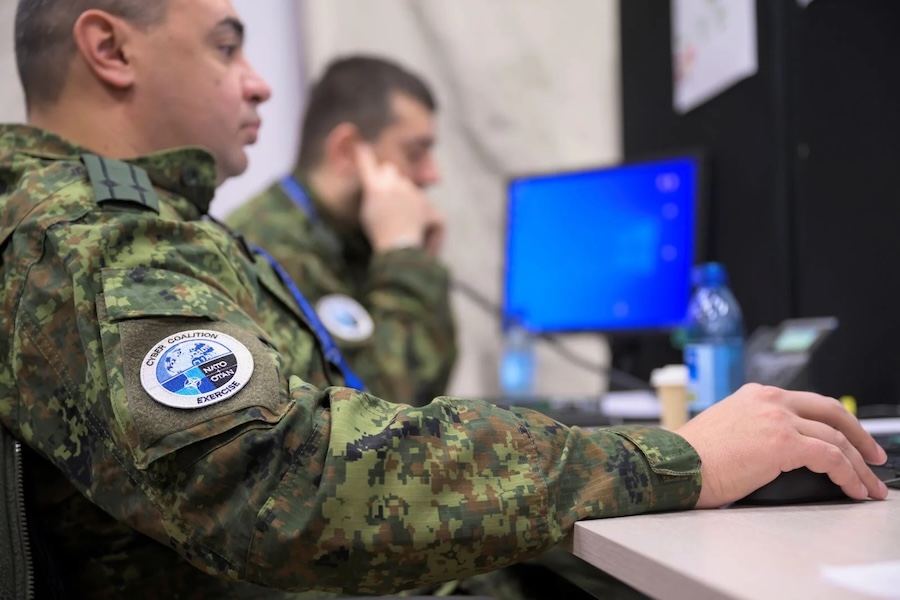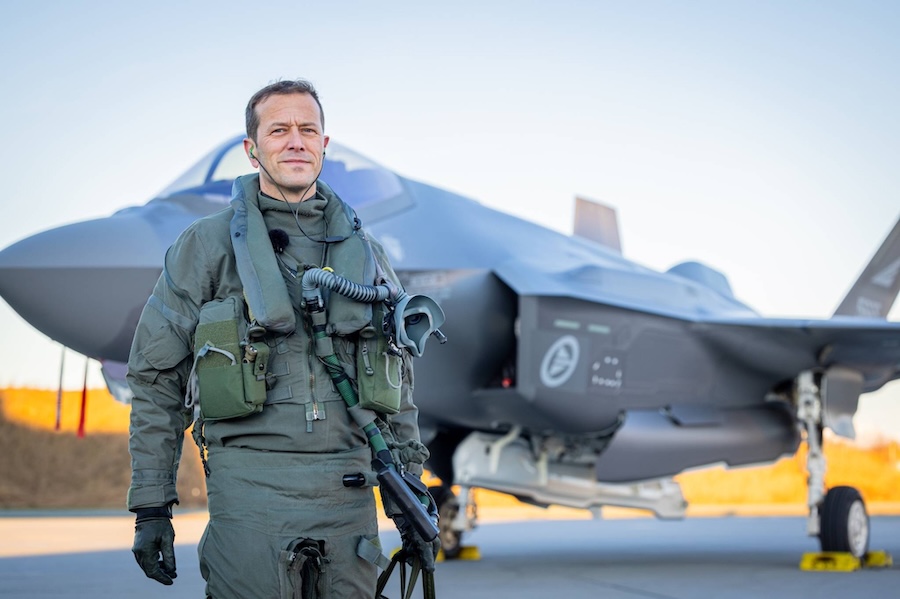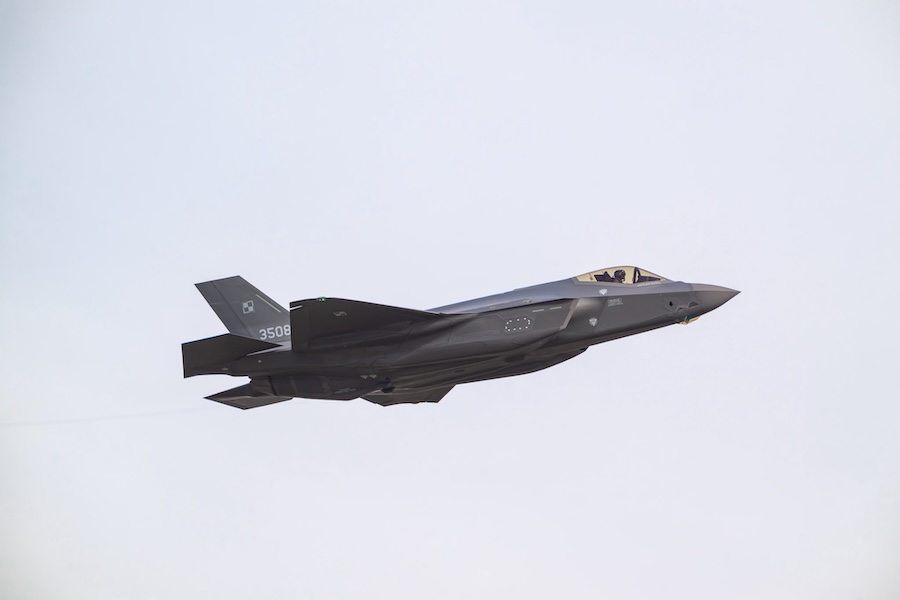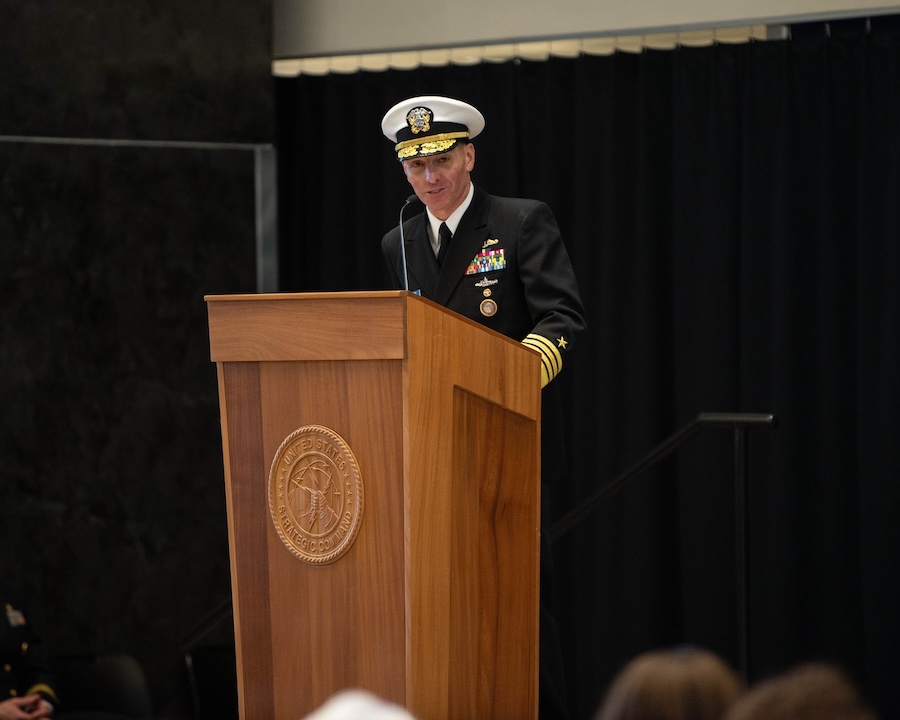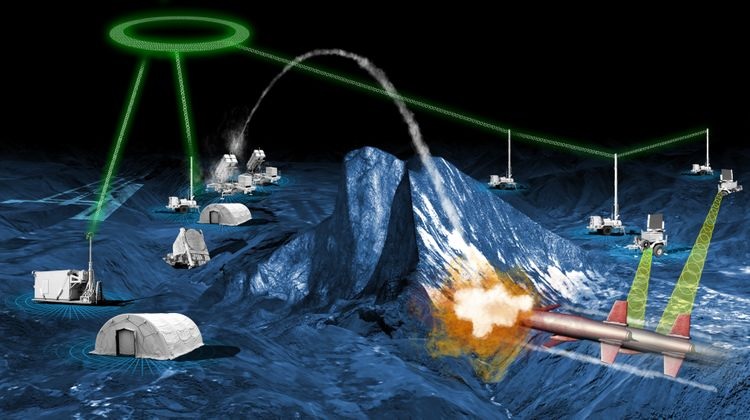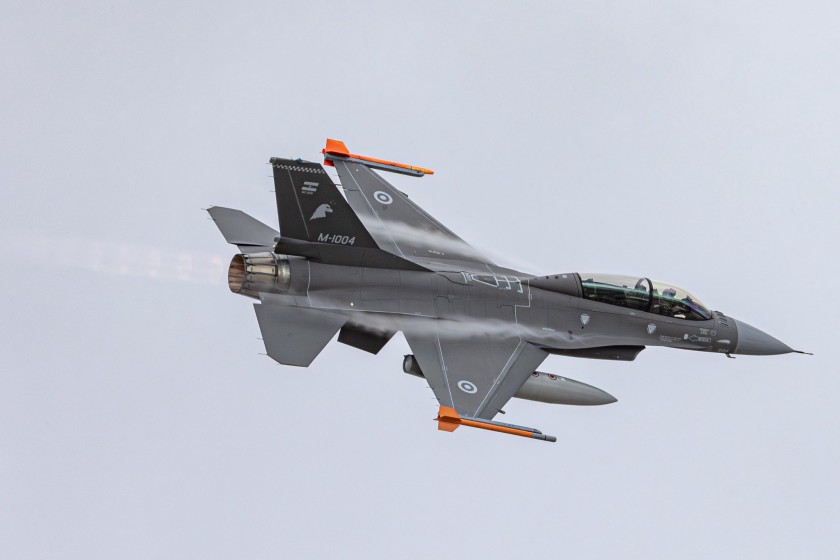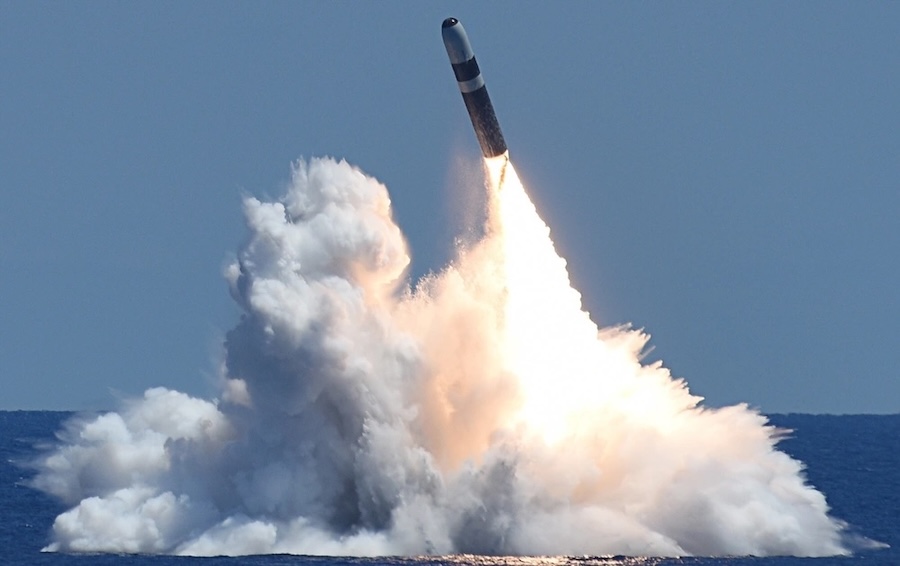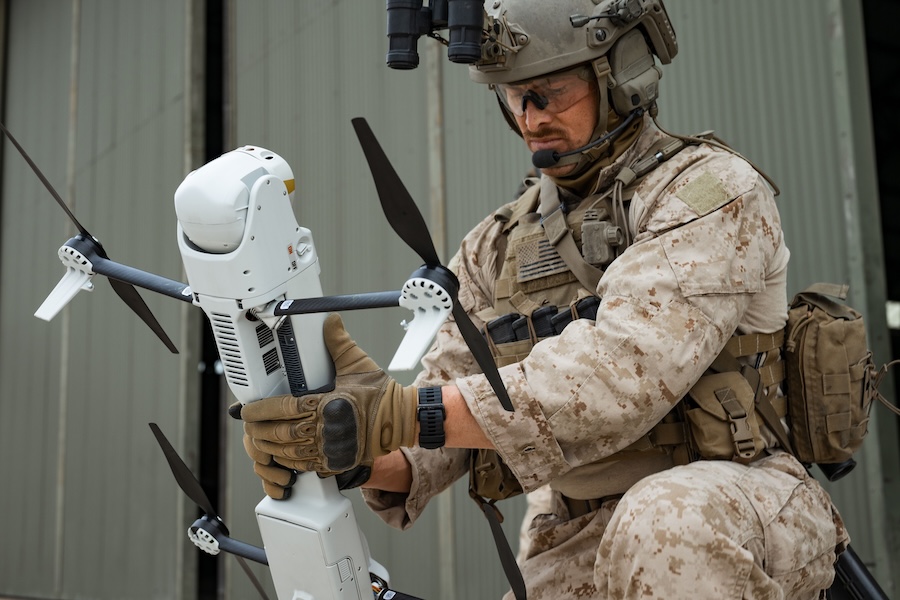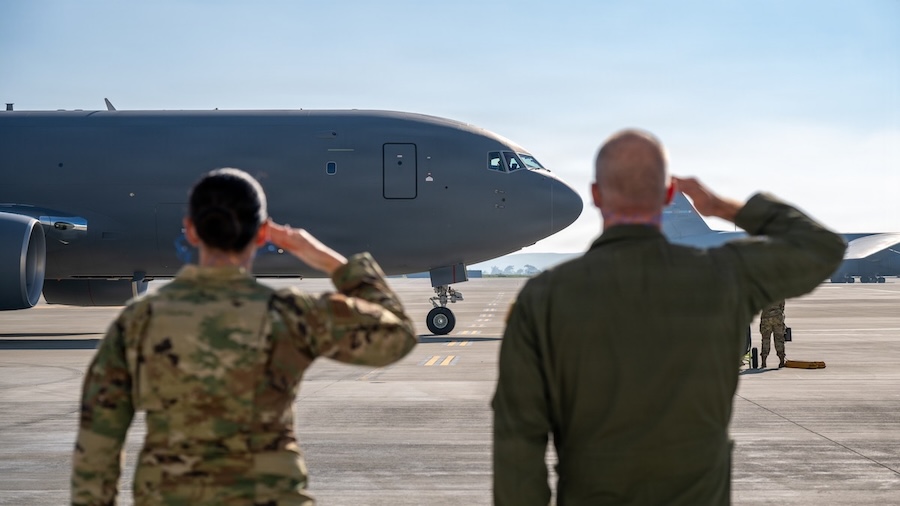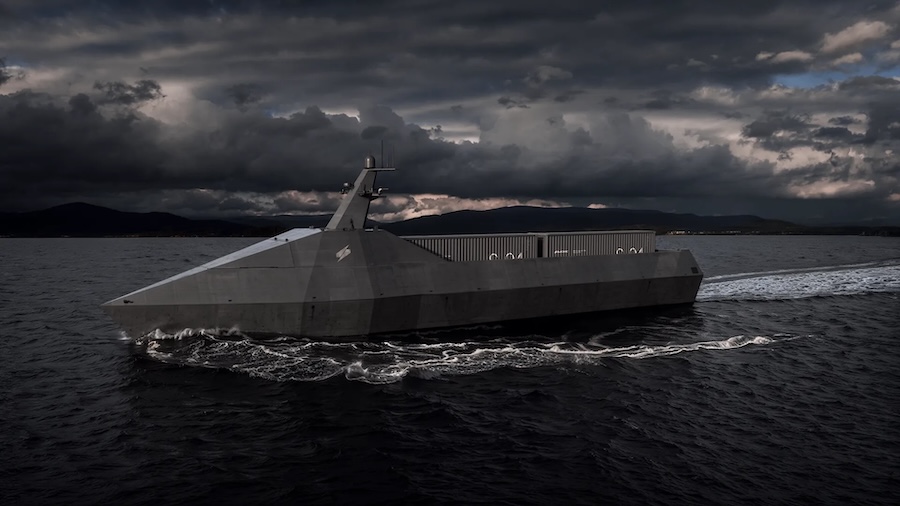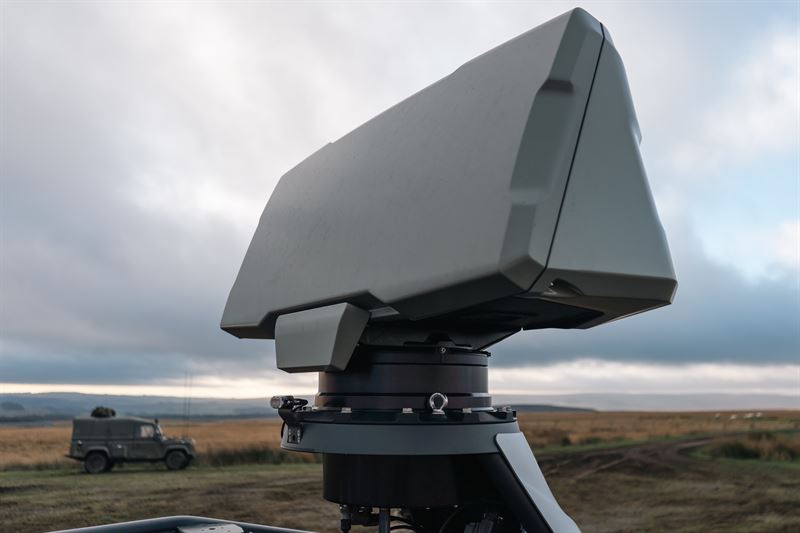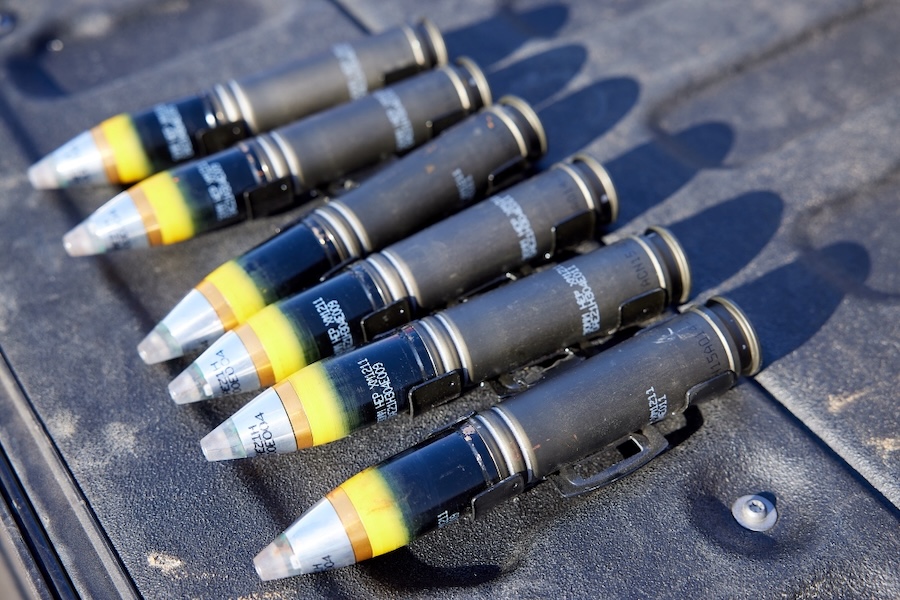This milestone is a significant step towards validating the design of the motor, ensuring it meets the safety and performance standards required for deployment. It also supports the ongoing modernisation of the United States’ nuclear deterrent capabilities.
Brigadier General William Rogers, Air Force program executive officer for ICBMs, emphasised the importance of this achievement in securing America’s strategic capabilities. He described the Sentinel system as a vital element of the nation’s defence, reinforcing commitment to national security.
The successful test also provided further confirmation of the accuracy of digital engineering models, helping bring the first-stage rocket motor closer to full qualification. Previous tests of the missile’s second and third stages demonstrate continued progress in the Sentinel program.
Colonel Amanda Okeson, Sentinel system program manager, highlighted the dedication of the entire team working on the project. She described the test as an example of their expertise and commitment to delivering an advanced strategic deterrent.
Experts from the Air Force Nuclear Weapons Center and Northrop Grumman are now analysing the test data to refine the missile’s development further. Their findings will contribute to the final qualification process before full-scale production begins.
The Sentinel program is replacing the aging Minuteman III ICBM system as part of a broader effort to modernise the U.S. nuclear triad. This upgrade is essential to maintaining a secure and effective nuclear deterrent for the coming decades.










